My name’s Louise and I’ve been blogging since 2010 when I went to Canada on a Working Holiday visa and wanted to keep people back home up to date on my adventures. When I got back I found blogging was a good way of sharing my photos and my interests in history, architecture and nature. I’m also proudly from Nottingham and write a lot about the city so for this guest post I thought I’d write about the city and the county’s literary heritage.
Nottingham has been a UNESCO City of Literature since 2015 and in part our nickname of The City of Rebels comes not just from our most famous resident Robin Hood, but from the writers from the city who dared to be different. Possibly the most well known rebel to come out of the area was Lord Byron, the poet who was famously “mad, bad and dangerous to know”. His family home was that of Newstead Abbey, a beautiful building that is open to visitors where Byron lived between 1808-1814; you can tour around what were his private apartments and the extensive grounds. Tickets are £12 but if you just want to take photos of the outside and walk around the gardens its just the cost of parking (currently £6) or if like me you don’t drive you can get a bus from Nottingham City Centre and pay £2 to access the site – there’s a bus stop right outside the entrance. Children can visit for free.
D H Lawrence is another writer from the area who called Nottinghamshire “the country of my heart”. Famous both for writing Lady Chatterley’s Lover and the ensuing controversy about its “obscene content” (pretty tame by today’s standards) he was born in Eastwood an ex coal mining town 8 miles from Nottingham. There is a direct bus from Nottingham City Centre that takes about 40 minutes to the town though shamefully I have yet to visit his childhood home which has been turned into a museum. However there are other connections in the city from the extensive archives at the University of Nottingham (available to view by request) to The Peacock Pub (reopened this year after refurbishment) which Lawrence is said to have visited regularly.
Alan Sillitoe is another important writer most famous for his novel Saturday Night, Sunday Morning. Born in Nottingham in 1928 all of his novels were inspired by his own life of growing up working class in Nottingham and are a great read, particularity if you know the city well – many places mentioned in the books are still around today, though a lot have since been demolished. Arthur Seaton, the character in his Nottingham novels also drinks at the Peacock Pub and often goes fishing along the River Trent. This can be a wonderful walk with lots of different trails to discover – one particularly nice part is along the Victoria Embankment which is an easy bus ride from the city centre.
J M Barrie, writer of Peter Pan used to live in Nottingham and worked as a journalist for The Nottingham Daily Journal. There’s a plaque high up on Pelham Street remarking on this fact but another fun rumours is that Barrie was inspired to create Peter Pan after seeing a boy playing in the streets here and that Neverland was based on the Arboretum where he used to live. The Arboretum is Nottingham’s oldest public park opened in 1852 and is easily accessible via tram from the city centre or, as I tend to do, a gentle walk away.
There’s one final author I want to mention who may not be as well known as these others. That is Stanley Middleton, who won the Booker Prize for his novel Holiday and who, I admit, I only know because while at what was High Pavement Grammar School he was my Dad’s English teacher. Middleton attended what was University College Nottingham, but is now the Arkwright Building and part of Nottingham Trent University. It’s located in the city centre and is a beautiful building dating from the 1870s. D H Lawrence also studied here to become a teacher and apparently hated his time there, though it was inspiration for his poem “From a College Window”.
This however is just the tip of the iceberg of Nottingham’s literary heritage, and it isn’t all about the past. There are regular book signings and events hosted in and around the city, including a yearly poetry festival so plenty to interest even the most casual of reader. Nottingham’s creative spirit is as alive now as it ever was.
This is a guest post from Louise. She writes lovely posts about her travels around England and beyond. Please check out her blog and Instagram account for some great travel inspiration!
Thank you Louise for this very interesting post!


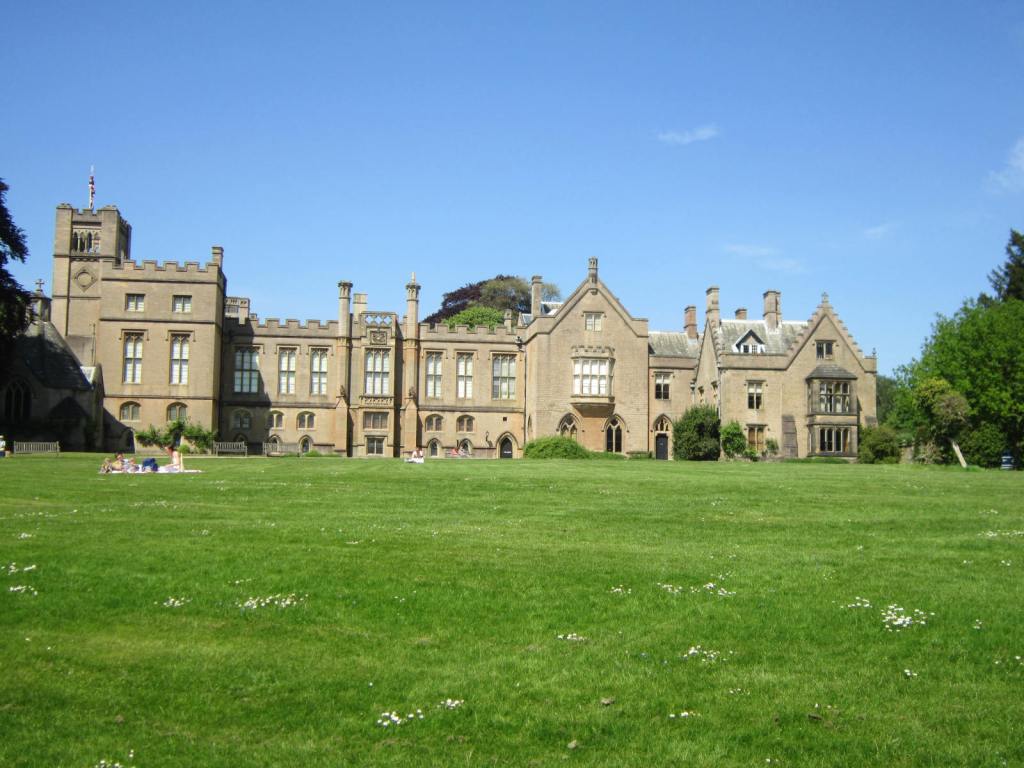
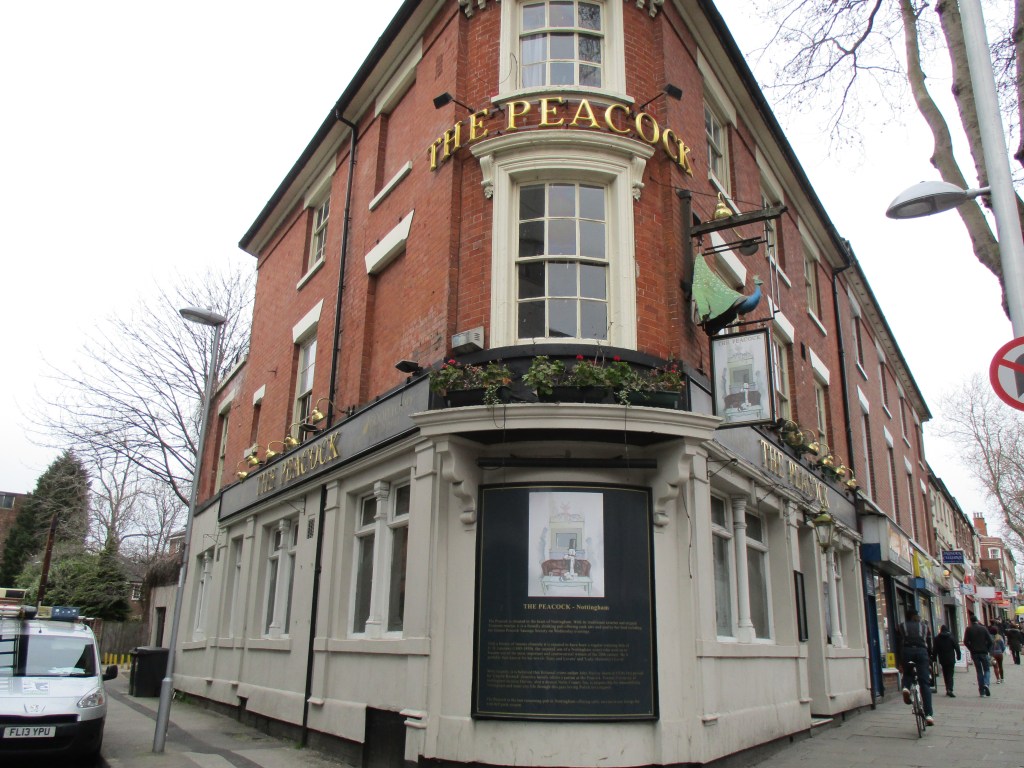
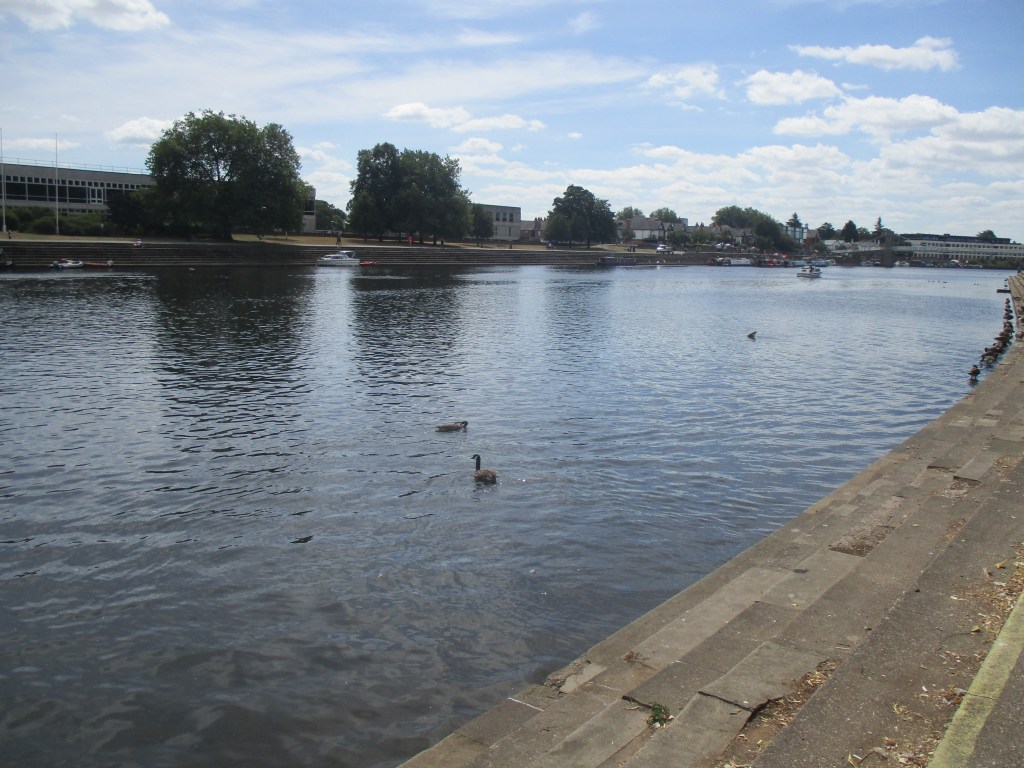
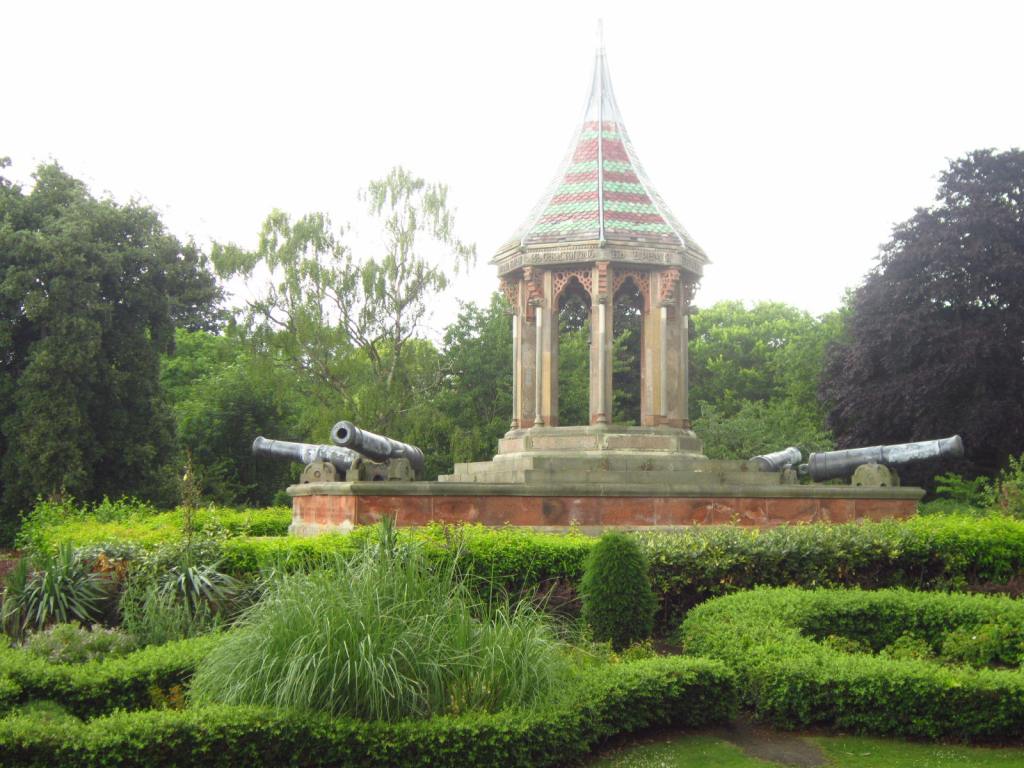
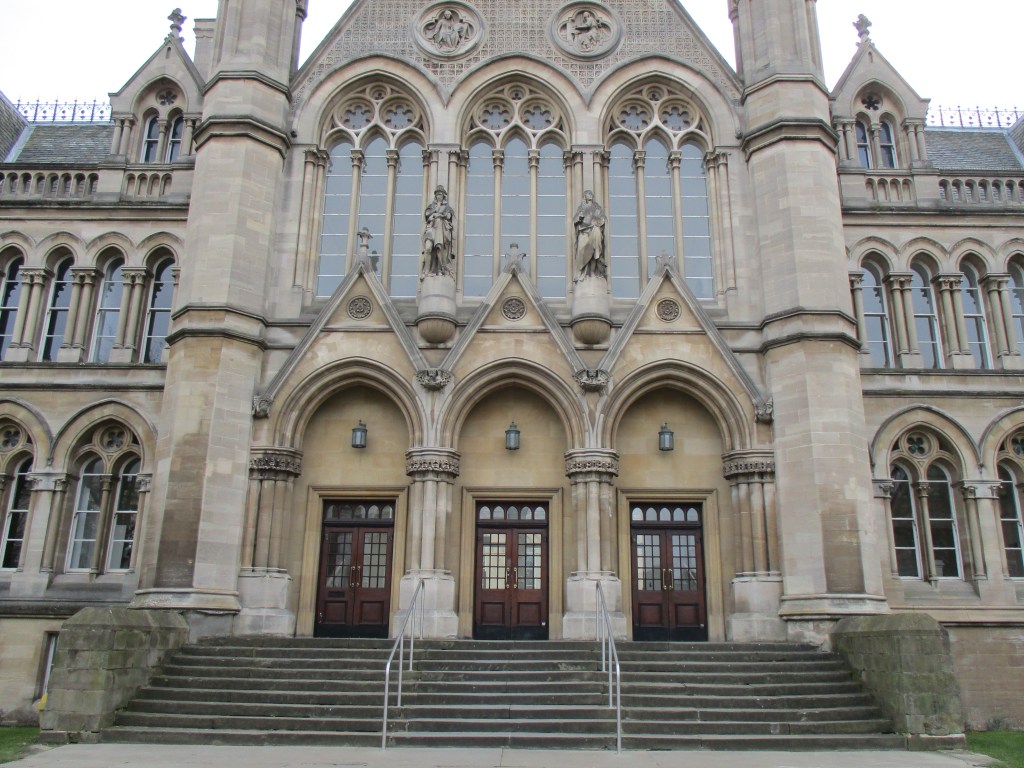
[…] was very pleased with all the guest posts. Once again, I thank Wayne, Rebecca, Louise and Usha for their excellent posts. I learnt a […]
LikeLike
Very interesting post, thanks for sharing Tanja and well done to Louise!
LikeLiked by 1 person
Thanks for reading!
LikeLiked by 1 person
How cool to read about all of these new places!
LikeLiked by 1 person
Yes, thanks
LikeLiked by 1 person
I enjoyed visiting Nottingham and feel the city has much to offer for a short break.
LikeLiked by 1 person
I’m sure it does. And now I’ve learned about all these famous writers associated with Nottingham.
LikeLiked by 1 person
I’ve not gone far enough in England to visit Nottingham, but it looks lovely! Glad to have read about Louise and her hometown and all of its beauty. Thanks for sharing her post, Tanja!
LikeLiked by 2 people
Thanks for the comment.
LikeLiked by 1 person
Excellent post and interesting read! 🙂
LikeLiked by 2 people
I agree, thank for reading
LikeLiked by 1 person
This is such a fantastic post. I had no idea that so many amazzing writers once lived in the city, and that it has such a rich literary heritage. I’d love to visit Notthingam for its hero Robin Hood, who stole from the rich to give to the poor. Thanks for sharing and have a good day 🙂 Aiva xx
LikeLiked by 2 people
Me too, I learnt so much. Thanks for reading this post by Louise
LikeLiked by 1 person
Thank you for letting me write a guest post on your blog! 😀
LikeLiked by 2 people
My pleasure. I learnt so much through your post
LikeLiked by 1 person
Great post Louise! I found it very interesting and I learned a lot. I only thought of Robin Hood before also.
LikeLiked by 2 people
Thank you! I’m glad you enjoyed it.
LikeLiked by 2 people
I’ve visited Nottingham a few times but have never been to the peacock 🦚 I’ll have to pay a visit!
LikeLiked by 2 people
Thank you for your comment
LikeLiked by 1 person
Hi Tanya,
It’s nice of you to promote other blogs on your site. I read Louise’s blog and I found it very interesting. Already subscribed to her blog.
Thanks for sharing it with others.
LikeLiked by 2 people
Thanks:) sorry for the late reply, but your comment went to spam, I don’t know why. I’ve been following Louise’s blog for years
LikeLike